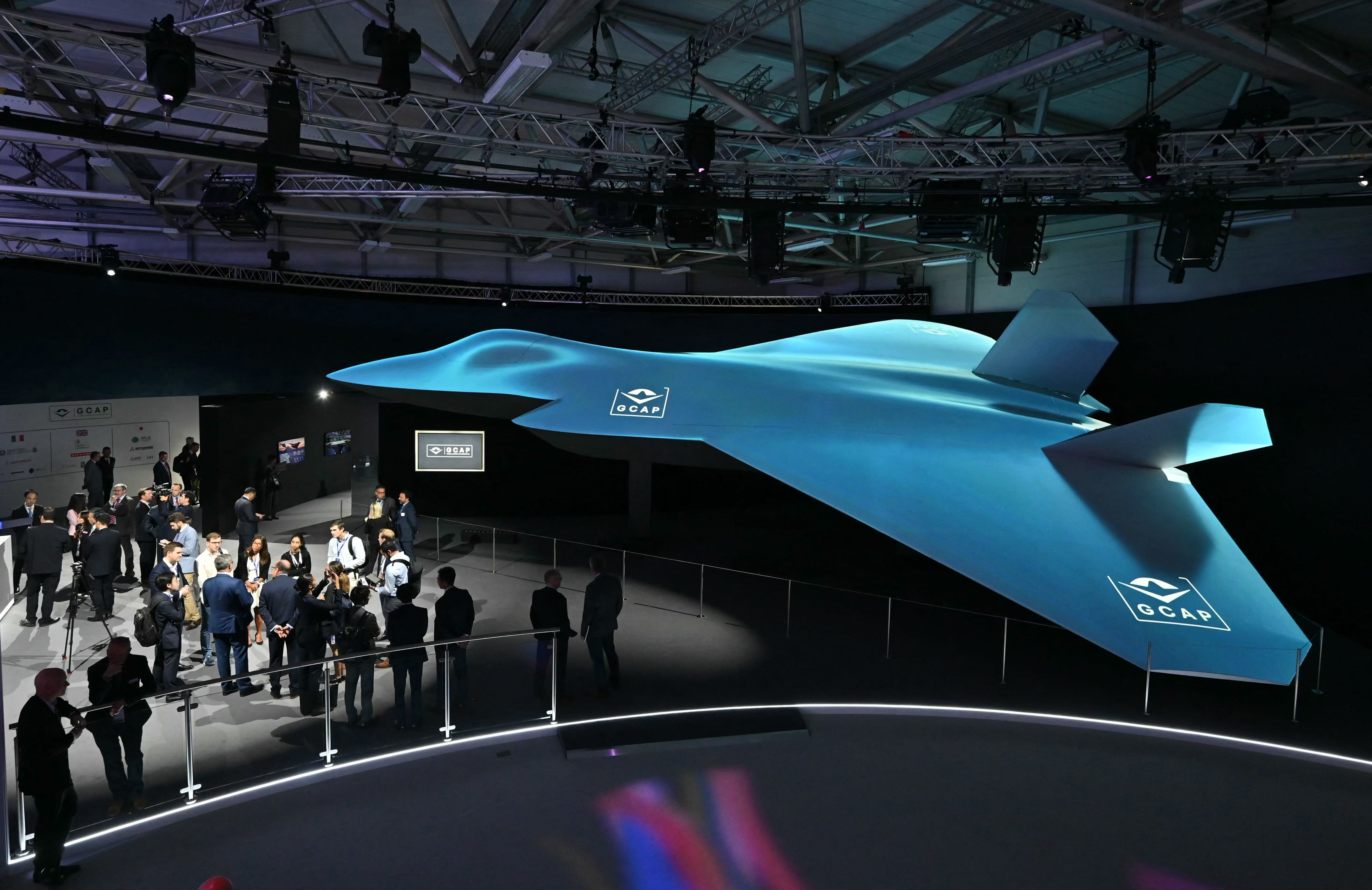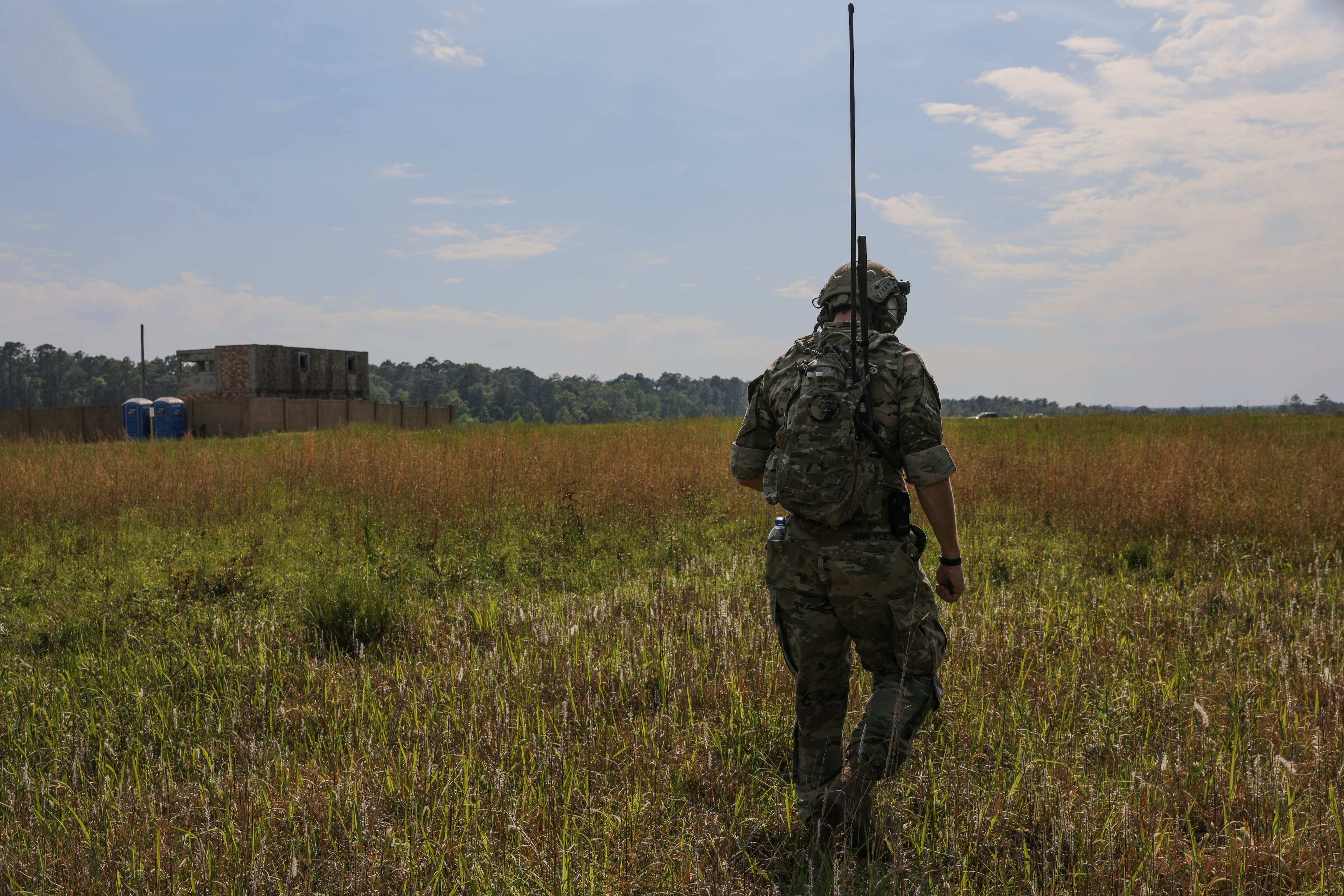WASHINGTON — More than 120 space specialists, including representatives from the Pentagon, are calling on the United States to develop and promote a “North Star” approach for industrial development to maintain American leadership in space.
The push came in a report, “State of the Space Industrial Base 2020,“ following a virtual workshop held in May, which saw leaders from industry, the U.S. government and academia convene virtually to discuss how the United States could maintain long-term economic and military leadership in space. The report includes six recommendations for government action to achieve this goal, as well as four recommendations for industry adoption.
During a Center for Strategic and International Studies event July 28, Space Force Chief Scientist Joel Mozer highlighted the report’s first recommendation, which calls on the United States to develop a whole-of-government “North Star” vision and strategy for space industrial development.
“This recommendation is particularly important, and I believe that we’re getting there,” said Mozer, pointing to NASA’s Artemis mission, the return of crewed launches to American soil and the establishment of the Space Force as positive steps.
“The importance of such a vision is that it has the potential to drive national pride and instill a culture of progress and highlights the value of STEM education for aspiring youth. There’s lots of benefits of such a vision,” he added.
A main concern for Mozer, and the report more broadly, is China’s efforts to supplant America’s space dominance. Those efforts are driven by long-term thinking, said Mozer, and need to be countered by an American alternative.
“I will say that other nations — specifically China — have a very long-term view of the future of space and they are making targeted, consistent and far-reaching investments towards their own vision,” he said.
Col. Eric Felt, director of the Air Force Research Laboratory’s Space Vehicles Directorate and a co-author of the report, emphasized that the United States “must not become China to beat China.”
“We don’t want to do it the Chinese way,” Felt said. “We want to do it the United States way, and really using our market-based partnerships and our economic might, as well as our military tools, to make sure that, again, we can create this virtuous cycle that feeds off of itself in terms of space commercial activity.”
The report’s six recommendations for government action are as follows:
- The U.S. government promulgates a whole-of-government “North Star” top-level vision and strategy for space industrial development and establishes a presidential task force to execute it.
- The DoD develops plans to protect, support and leverage commerce in space.
- The U.S. government works to economically stimulate the industry, including space bonds and a space commodities exchange and by executing $1 billion of existing DoD and NASA funding through the exchange.
- The U.S. government develops a framework for creating wealth and security with allies and partners that share our common norms and values.
- The U.S. government supplies the workforce necessary to fill more than 10,000 science, technology, engineering and math, or STEM, jobs domestically.
- The U.S. Space Force works closely with space industry entrepreneurs and innovators to develop government-commercial technology partnerships that support U.S. commerce and national security in space.
Although the nearly 90-page report does not officially represent the view of the U.S. Space Force or any other DoD organization, national security space leaders were heavily involved in its production. In addition to Mozer and Felt, the main authors of the report were Brig. Gen. Steven Butow, director of the Defense Innovation Unit’s space portfolio, and Thomas Cooley, chief scientist of the Air Force Research Laboratory’s Space Vehicles Directorate.
Nathan Strout covers space, unmanned and intelligence systems for C4ISRNET.








